Description
Black Nebula Carrot
250 Seeds per pack
75–80 Days to Maturity
Sun Requirements: Full sun; tolerates partial shade.
Botanical Name: Daucus carota
One of the most visually striking carrots you can grow, Black Nebula lives up to its name! This open-pollinated variety produces long, tapered roots—typically 9 to 10 inches in length—that are so deeply pigmented they appear almost black. The deep purple color runs all the way through the root, thanks to pigments called anthocyanins—natural plant compounds with antioxidant properties. Slice them open to reveal a beautiful pattern of violet fading into a lighter center, resembling a glowing nebula in space.
Black Nebula carrots aren’t just beautiful to look at—they’re also great in the kitchen. They taste mild and sweet when eaten raw, and get even richer when roasted or steamed. Their deep purple color stays bright even after cooking, which makes them perfect for colorful dishes and juices. If you add lemon juice, the juice turns from purple to bright pink! These carrots also work well as a natural dye for things like Easter eggs or fabric.
Black Nebula carrots are best when picked young. If you leave some in the ground through the second year, they’ll bloom naturally in their second season. They’ll grow tall stalks with purple stems and soft white flowers with lavender edges. Bees love the flowers, and you can save the seeds at the end of the season to plant next year.
Packed with nutrients and natural antioxidants, Black Nebula is as healthy as it is beautiful. Give Black Nebula a try in your garden this year—you won’t be disappointed!
Planting Instructions for Black Nebula Carrot Seeds
When to Plant:
Direct sow Black Nebula carrot seeds outdoors 2 to 3 weeks before your last expected spring frost, once the soil reaches at least 50°F (10°C). Black Nebula grows best in cooler temperatures and can be planted again in late summer—about 10 weeks before your first fall frost—for a sweeter, fall-harvested crop. For staggered harvests, continue sowing small batches every 3 to 4 weeks during the main season. Avoid transplanting, as disturbed roots can grow misshapen.
Where to Plant:
Choose a site in full sun with light, loose, stone-free soil. Black Nebula needs deep, well-drained soil to grow its long, slender roots straight and strong. Raised beds or containers are ideal in areas with clay or rocky soil. Avoid beds that were recently amended with fresh manure, which can cause forking. A soil pH of 6.0 to 6.8 is ideal. Before planting, loosen the soil at least 12 inches deep and mix in well-aged compost.
How to Sow:
Sow Black Nebula seeds ¼” deep and 1″ apart in rows spaced 12 to 18 inches apart. The seeds are tiny—try mixing them with sand to distribute them more evenly. Cover with ⅛” to ¼” of sifted compost or fine soil, not coarse dirt. Press down gently and keep the surface moist. For best results, cover rows with burlap or shade cloth until the seeds sprout. Germination may take 7 to 21 days depending on soil temperature and moisture.
Watering:
Black Nebula seeds need consistent moisture to germinate properly. Use a fine mist spray or a micro-spray system to avoid displacing seeds. Once established, water about 1 inch per week. When carrots begin to size up, increase watering to 2 inches per week to encourage root development. Avoid inconsistent watering, which can cause roots to split. Always water at the soil level—avoid overhead sprinklers that may promote disease.
Fertilization:
Before sowing, mix in 2–3 inches of compost or well-rotted organic matter. Avoid nitrogen-rich fertilizers, which encourage leafy growth at the expense of root development. Once tops are about 4 inches tall, side-dress with a balanced organic fertilizer or compost tea. Avoid adding extra phosphorus unless your soil is deficient, as it may lead to split or misshapen roots.
Mulching:
Once seedlings are 1–2 inches tall, add a layer of mulch to retain moisture, suppress weeds, and keep soil temperatures consistent. Use straw, shredded leaves, or dried grass clippings. Avoid using fresh clippings, which release too much nitrogen too quickly and can lead to forked roots. Let clippings dry for a few days before applying in a thin layer. Mulch also helps keep carrot shoulders from turning green from sun exposure. In early spring, black plastic mulch can warm the soil and speed up germination.
Thinning:
Thin Black Nebula seedlings when they are 1–2 inches tall to about 2–3 inches apart. Use scissors to snip the tops at soil level rather than pulling, which can disturb nearby roots. For baby carrots, thin to 1 inch apart and harvest small roots early. Proper spacing allows Black Nebula to grow straight and reach full size.
Pest & Disease Management:
Black Nebula is vulnerable to the same pests as other carrots, including carrot rust fly, weevils, nematodes, and leafhoppers. To prevent damage, use floating row covers from planting until harvest, and avoid disturbing the foliage when weeding, as its scent can attract pests. Rotate crops yearly, and don’t plant carrots in the same area more than once every three years. Keep the bed free of weeds and debris. For nematodes, avoid planting in infected soil and consider interplanting with French marigolds.
Common Diseases:
This variety may be affected by powdery mildew, leaf blights, and root canker. Ensure good air flow by thinning and avoiding overcrowding. Water early in the day and avoid wetting the foliage. Remove any infected plants immediately to prevent spread.
Harvesting:
Black Nebula is typically ready to harvest 75 to 80 days after planting. Begin pulling when roots reach –10 inches long and about 1 inch wide at the shoulder. A touch of frost will enhance sweetness. Loosen soil with a fork before pulling to avoid breakage. Trim tops to ½–1 inch after harvest.
Storage:
Store freshly harvested Black Nebula carrots in the refrigerator for up to two weeks. For longer storage, leave them in the ground under mulch and harvest as needed, provided your soil doesn’t freeze. Alternatively, store in damp sand or sawdust in a root cellar. Black Nebula also preserves well by freezing, canning, or dehydrating.
Freezing: Wash, peel, and cut Black Nebula carrots into slices, coins, or diced pieces. Blanch in boiling water for 2 minutes (or 5 minutes for whole carrots), then transfer immediately to an ice bath. Once cooled, drain thoroughly and spread in a single layer on a parchment-lined baking sheet. Freeze until firm, then pack into freezer bags or containers. Label and store in the freezer for up to 12 months.
Canning: Use a pressure canner. Wash, peel, and cut Black Nebula into slices or diced pieces. Raw pack or hot pack (simmer 5 minutes). Fill clean jars with carrots and boiling water, leaving 1 inch headspace. Optional: add 1 tsp canning salt per quart. Remove air bubbles, wipe rims, and seal. Process in a pressure canner based on your altitude. Cool completely and check seals after 24 hours.
Dehydrating: Wash, trim, and peel if desired. Slice or dice carrots, blanch for 2 minutes, and cool in ice water. Drain and arrange in a single layer on dehydrator trays. Dry at 125°F (52°C) for 4–12 hours, until brittle or leathery. Let cool fully before storing in airtight containers in a cool, dark, dry place.
Seed Saving:
Black Nebula is a biennial variety. Leave healthy carrots in the ground or replant them to overwinter. In year two, they’ll flower and produce seed. Isolate by at least ½ mile from other carrot types or use row covers to prevent cross-pollination. Collect and store dried seed in a cool, dry place. Properly saved Black Nebula seeds remain viable for 2–4 years. We offer pre-labeled seed-saving envelopes to help you stay organized.
FAQ:
What is the historical or notable background of Black Nebula Carrot?
Black Nebula Carrot is a standout open-pollinated variety known for its incredibly deep purple, almost black, roots. Its stunning coloration comes from anthocyanins—natural antioxidants—and is one of the most visually striking carrots available.
How would you describe the flavor of Black Nebula Carrot?
Black Nebula has a mild and sweet flavor when raw and develops a richer taste when roasted or steamed. Its vibrant hue and subtly sweet notes make it perfect for juicing, colorful dishes, and even natural dyes.
What does Black Nebula Carrot look like, and how does it grow?
It produces tapered roots that grow 9 to 10 inches long with a vivid purple pigment that runs throughout. In its second year, it sends up purple-stemmed stalks topped with white flowers edged in lavender, making it as ornamental as it is edible.
How and when do I harvest Black Nebula Carrot?
Harvest Black Nebula when roots are about 10 inches long and shoulders are around 1 inch wide, typically 75–80 days after planting. Use a garden fork to gently loosen soil before pulling to avoid breakage. To enhance sweetness wait until after light frost to harvest.
When is the best time to plant Black Nebula Carrot?
Plant seeds outdoors 2–3 weeks before your last spring frost or about 10 weeks before your first fall frost. Black Nebula thrives in cool weather and can be succession planted every few weeks for a continuous harvest.
What are the common culinary uses for Black Nebula Carrot?
This carrot is a standout in raw salads, roasted vegetable medleys, and juices. It also serves as a natural dye for Easter eggs and fabric, offering usefulness beyond the plate!
What’s the best way to store Black Nebula Carrot after harvest?
Refrigerate for up to two weeks or store in damp sand or sawdust in a root cellar. For long-term preservation, Black Nebula can be frozen, canned, or dehydrated.
What nutrients does Black Nebula Carrot provide?
Rich in anthocyanins, Black Nebula offers strong antioxidant properties, along with essential nutrients like fiber, vitamin A, and beta-carotene—making it both beautiful and beneficial to your health.
Does Black Nebula Carrot have any notable resistance or special care tips?
Though not disease-resistant by breeding, Black Nebula thrives when proper crop rotation, row covers, and proper spacing are practiced.

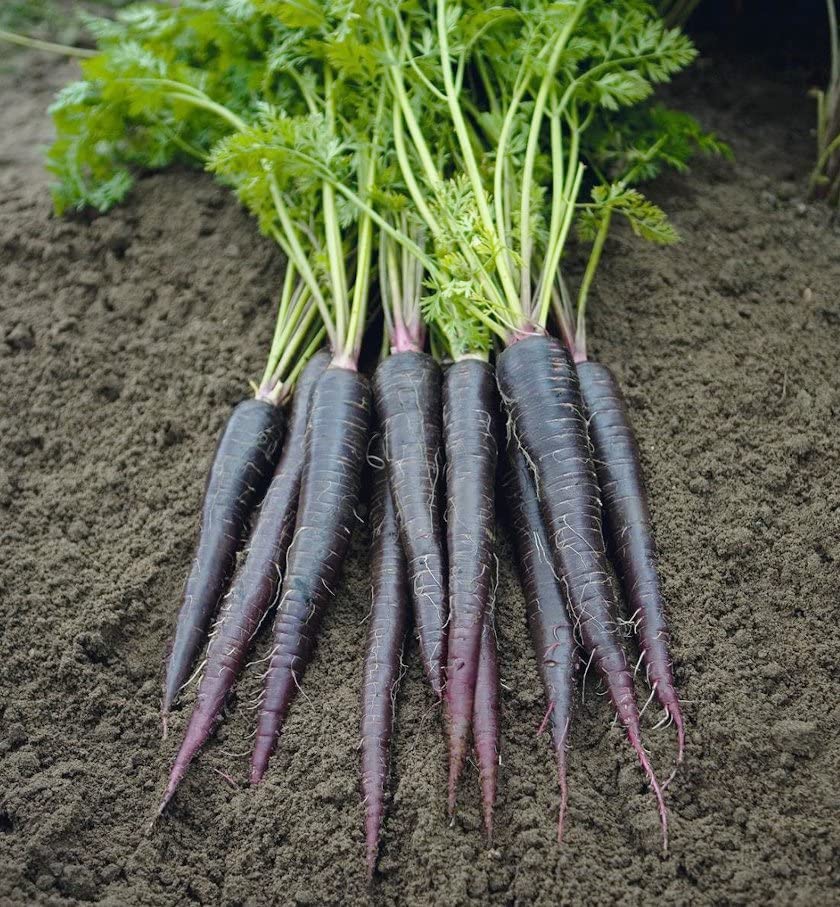
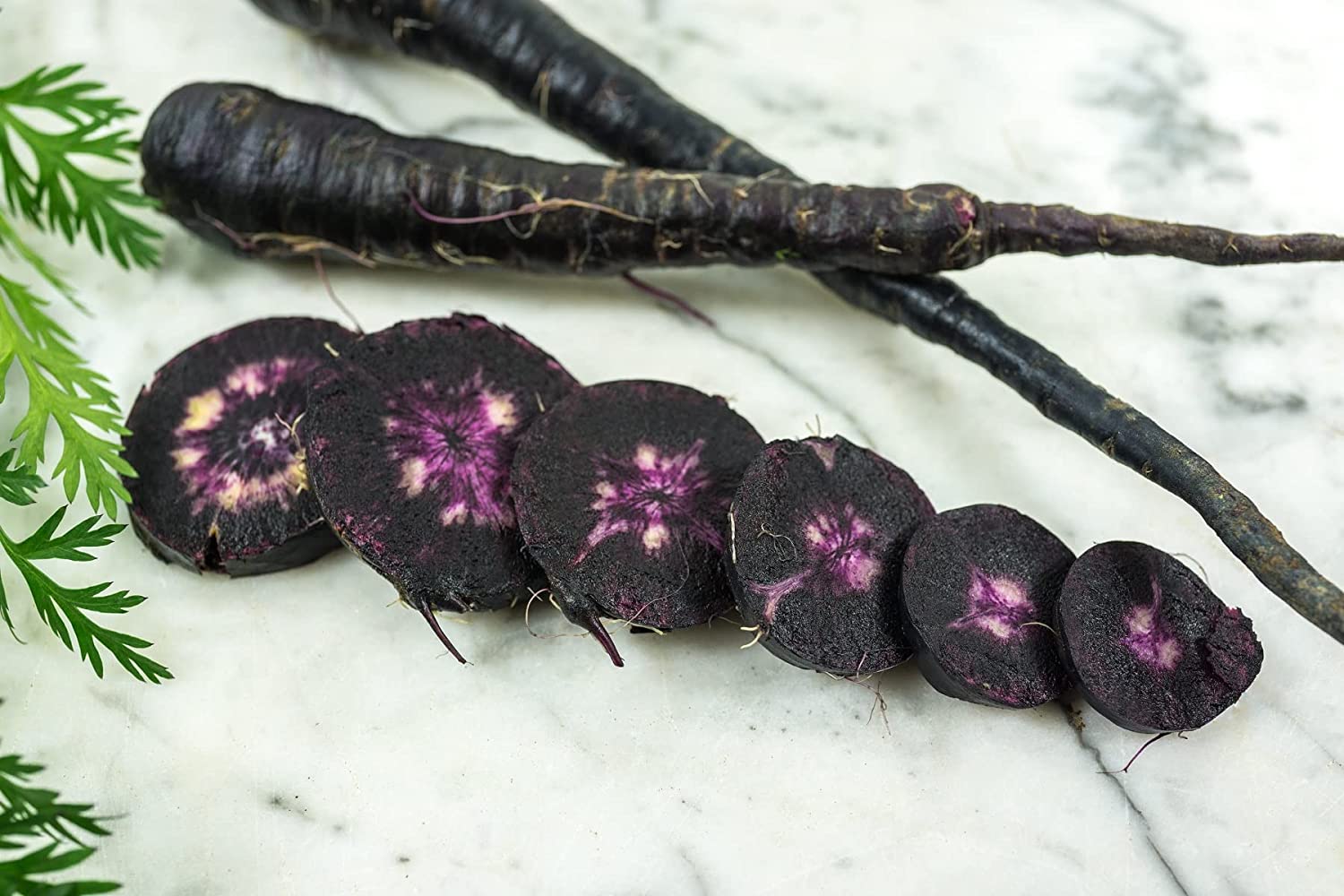
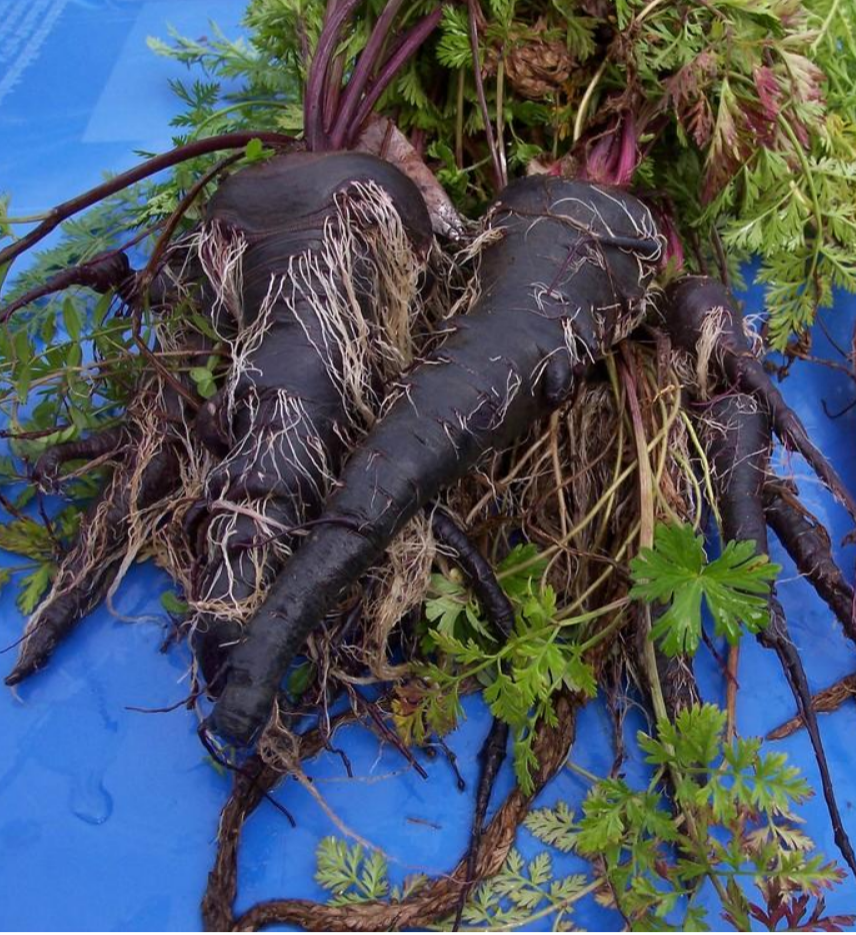
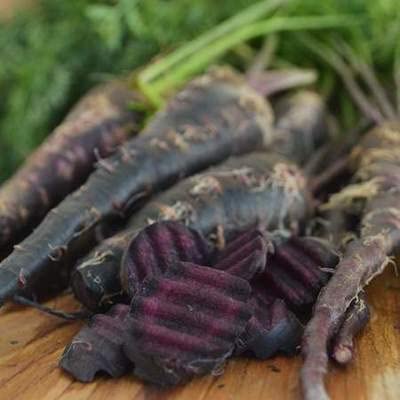








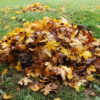


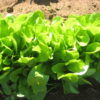



Ashley (verified owner) –
I planted them but they haven’t started growing yet so I can’t say too much
Amber (verified owner) –
Rapid sprouting and fun color! Excellent packaging for freshness!